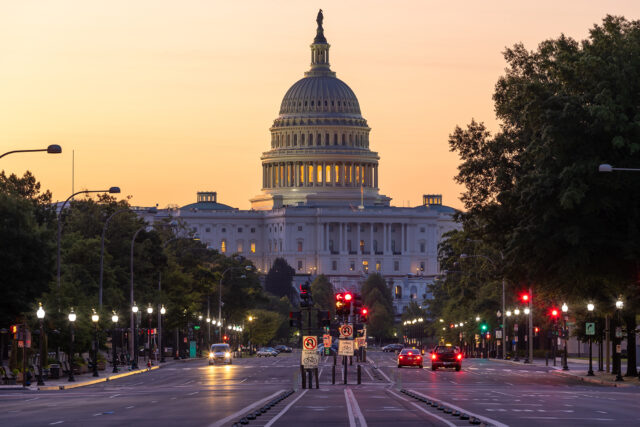
Credit Cards Could Boost 401(k)s
Alicia H. Munnell is a columnist for MarketWatch and senior advisor of the Center for Retirement Research at Boston College.
I have been thinking about two issues – how to reduce leakages from 401(k) plans and whether low-wage workers who are auto-enrolled into IRAs will stay put or opt out. The link between these issues is the employee’s need to access funds before retirement. Some suggest that people establish a buffer – or short-term – savings account that they could access when their roof springs a leak. But it doesn’t seem realistic to ask people who can barely afford to cut back on spending to fund both a short-term buffer account and a retirement savings account.
This challenge has got me thinking about an old proposal, put forth in the 1990s by the late Franco Modigliani, an MIT economics professor and Nobel Laureate, and Francis Vitagliano, an employee benefits practitioner and current consultant at the Center for Retirement Research, that would allow employees to access a limited amount of their 401(k) money through a credit card. The proposal was criticized by all factions at the time and failed commercially. But I liked it then, and I still like it. So let me try again.
The empirical evidence clearly shows that employees are more likely to participate in and to contribute more to a plan that offers loans. That makes sense. People feel better if they think their money is not totally locked up. But loans involve a lot of administrative hassle and are expensive for the employer. The credit card proposal would be administered by a third party, such as Master Card, Visa, or American Express, so the cost would be dramatically reduced and paid by the credit card user.
The card would also be great for employees. Credit cards users who don’t pay their full credit card balance each month face average interest charges of 15 percent. Low-income households often turn to “payday” lenders who charge considerably more. With a 401(k) card, the cost would be the market-based interest rate on the 401(k) loan and a service charge, considerably less than current arrangements.
Wouldn’t such a product undermine retirement saving? No. The loans could be limited to a maximum of say $5,000 and they would have to be paid back in a maximum of five years as prescribed by the Department of Labor and the Internal Revenue Service. If the loan were not repaid, it would be considered a withdrawal and subject to taxes and penalties. But the important point here is that the ability to withdraw funds through a credit card would assure people that they have access to the funds they need to cover emergencies. Such knowledge would encourage people to contribute more than they would have otherwise and a safety valve could reduce the need for hardship withdrawals.
Wouldn’t such a product just encourage people to run up more credit card debt? Again, no. The average consumer already has 3 or 4 credit cards and receives weekly solicitations to add to that supply. They can already borrow more than they are currently borrowing, as evident in the fact that the lines of credit are several times larger than the average credit balance outstanding. There is no reason or evidence to suggest one more credit card would increase overall borrowing. On the other hand, if consumers gain access to a card with better rates, they tend to consolidate their debts. Such consolidation could well occur with a 401(k) card.
So I think the product is great. But in addition to the widespread theoretical opposition, it was a commercial failure. The 401(k) credit card was presented to the market in 2012, using a VISA card. The card was accepted and implemented by approximately 20 employers and offered to their 401(k) participants. The employers were small, with 25-150 employees. Less than 20 participants in total (over a period of approximately one year) set up a 401(k) card account, and these accounts saw very little activity. After approximately 18 months, the 401(k) card project was terminated.
But I don’t think that should be the end of the story. 401(k) plans need to be revamped. Auto-enrollment and auto escalation in default contribution rates need to be mandatory components of these plans. Why not make the credit card – perhaps, a “My Money” card – a mandatory component of the revamped plan? And why not make a “My Money” card an integral part of efforts to expand coverage through auto-IRAs? I am convinced that, in the end, such an addition would increase retirement saving.







